Reeds turn to seeds
For many birdwatchers walking alongside reed beds and other wetland areas in March this year, a normally familiar bird was notable by its absence. During early spring, Reed Buntings are usually fairly conspicuous in such habitats, which is where they breed. This year, however, reporting rates in the countryside were much lower than normal, as highlighted through BirdTrack.
So, where were these birds? Data from the BTO Ringing Scheme show that British and Irish Reed Buntings are largely sedentary in their habits, and so big movements to other countries are unlikely. It is more probable, then, that they shifted into different local habitats. For many, this appears to have involved a trip into gardens.
During late winter, Reed Buntings often visit gardens as natural seed availability in the countryside is depleted. This winter, in which natural seed crops were particularly poor, Reed Buntings have been spotted unusually often by householders – their Garden BirdWatch reporting rates well above normal levels since mid-January. These garden sightings tend to drop off in late March but this year they continued to rise into April as the unseasonably cold weather persisted. The results again indicate the importance of gardens within the wider foraging environment of birds.


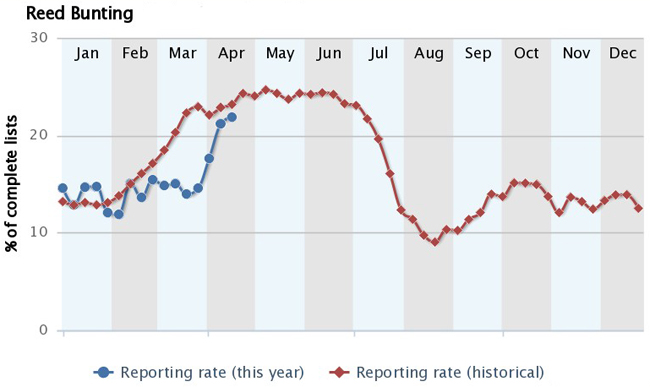
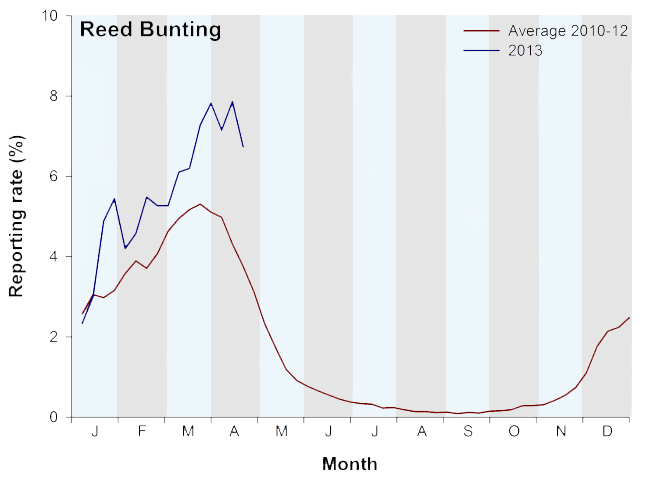
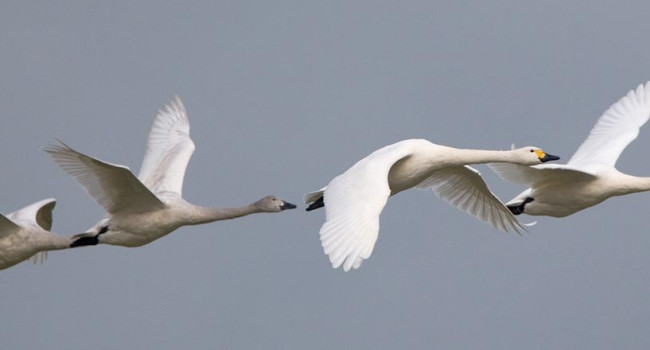
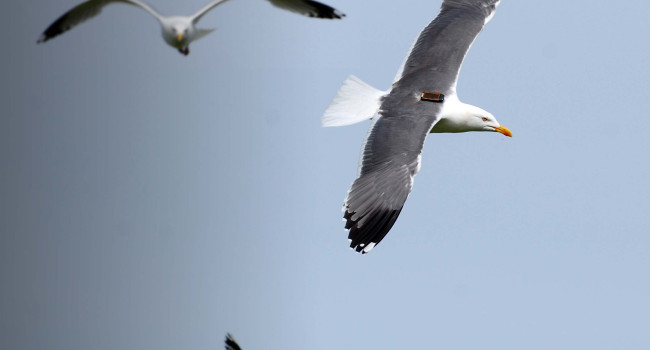
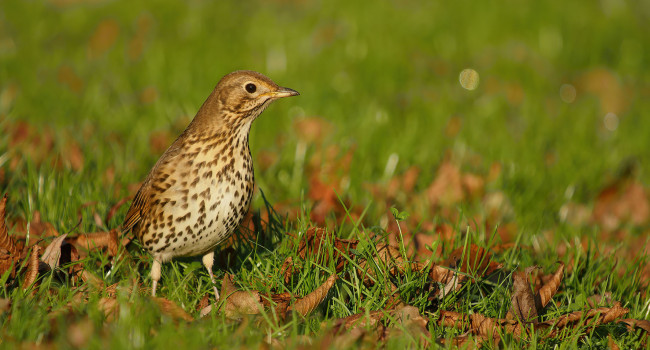

Share this page